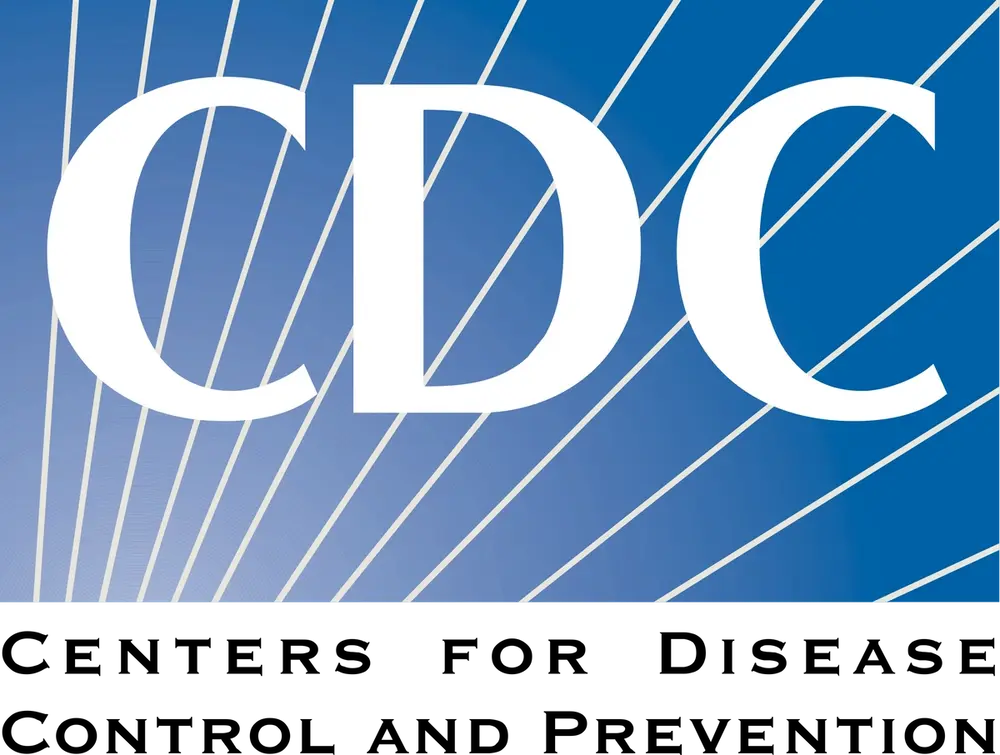CDC, WHO Answer Questions From the Press on Monkeypox
At separate press conferences, the CDC and WHO indicate that containing monkeypox will depend on testing, tracing, and currently available vaccines.

There are now more than 1000 confirmed cases of monkeypox in 29 countries that are not endemic for the virus, including 45 in the US across 15 states and Washington DC.The spread can be contained with such measures as appropriate testing, tracing, and targeted use of the vaccines that are currently available, according to updates offered by both the World Health Organization (WHO) and US Centers for Disease Control and Prevention (CDC) at their separate press conferences held, respectively, on June 8 and 10.
In his introductory remarks, WHO Director General Tedros Adhanom Ghebreyesus, PhD, indicated that the sudden and unexpected emergence of monkeypox in nonendemic regions suggests that there could have been undetected transmission for some time.
He noted the WHO is particularly concerned about the risk to vulnerable groups, including children and pregnant women, and lamented that robust preventative efforts had not been conducted earlier.
“This virus has been circulating and killing in Africa for decades. It’s an unfortunate reflection of the world we live in that the international community is only now paying attention to monkeypox because it has appeared in high-income countries,” Ghebreyesus said. “The communities that live with the threat of this virus every day deserve the same concern, the same care, and the same access to tools to protect themselves.”
In her opening statement, CDC Director Rochelle Walensky MD, MPH, described how the disease manifests, and noted that the CDC is working to increase public awareness as well as to advise clinicians and public health departments.Although the disease has been known and studied for years, gaps remain.
“We do not yet know whether the virus may be spread through contact with semen or vaginal fluids, or the potential for transmission among people who are infected with monkey box but have no, or mild symptoms,” Walensky observed.
“What we do know is that those diagnosed with monkey pox in this current outbreak described close, sustained physical contact with other people who were infected with the virus.This is consistent with what we've seen in prior outbreaks and what we know from decades of studying this virus and clinically related viruses,” Walensky said.
Questions posed at the WHO conference were related to vaccine availability, modes of transmission, and the underlying factors driving the increase in cases. To the first, Sylvie Briand, MD, MPH, PhD, WHO Director for Global Infectious Hazard Preparedness, responded that while the stockpile of vaccines against smallpox should be effective against monkeypox, the potency of stored vaccines has not been checked regularly.
“So, this is what we are currently doing,” Briand said, “checking also the potency of vaccines that are available in different places in the world.”
Regarding the current emergence, Rosamund Lewis, MDCM, MSc, WHO Technical Lead on Monkeypox, conceded that, despite studies on monkeypox dating back 50 years, “there's a great deal that we don't know at this time yet, especially including in the new circumstances.”
Lewis posited that there may initially have been increased zoonotic transfer resulting from climate change, deforestation, increased population, and demographic pressures. She suggested that the current spread outside endemic regions by the one of the two clades of monkeypox which causes less severe disease may be a factor in the rate of spread.
“When there is less severe disease, then people don't need to stay home. It's easier to move out and about if you're not feeling all that ill,” Lewis commented.
On the modes of transmission, Lewis reiterated that the primary driver in the nonendemic setting is direct contact, which can include sexual contact. “As we've said before, there’s a lot we still don't know about this new outbreak. However, this classic mode of transmission is well-described in the past as having been due to personal physical contact.”
The first question posed at the CDC briefing, on why the amount of stockpiled vaccine was disclosed in this briefing when it had not been previously made public, was answered by Dawn O'Connell, HHS Assistant Secretary for Preparedness and Response.
“So, we don't traditionally share what we have in the strategic national stockpile for national security,” O'Connell replied.
“We thought it would help in this case to give just a little more granularity: that the number of vaccines is not something the American public needs to worry about, that we do have more than enough...and, frankly, if our adversaries hear that, I think that would be a deterrent for them to know too,” O'Connell added.
To a question about whether and how the US is working with partners such as the WHO on multinational approaches, Raj Panjabi, MD, senior director of the White House Office for Global Health Security and Biodefense, remarked that it is well recognized that there is no "domestic only" approach to a multinational outbreak.
“In the context of this outbreak, we do have a dual goal of both responding effectively to the outbreak here and also assisting countries more to respond to the outbreak,” Panjabi said.
At the following week's WHO media briefing, on Tuesday, June 14, Ghebreyesus announced he would be convening its Emergency Committee, under the International Health Regulations, to determine whether monkeypox should be designated a “public health emergency of international concern”—the designation that was applied in early 2020 to COVID-19.
